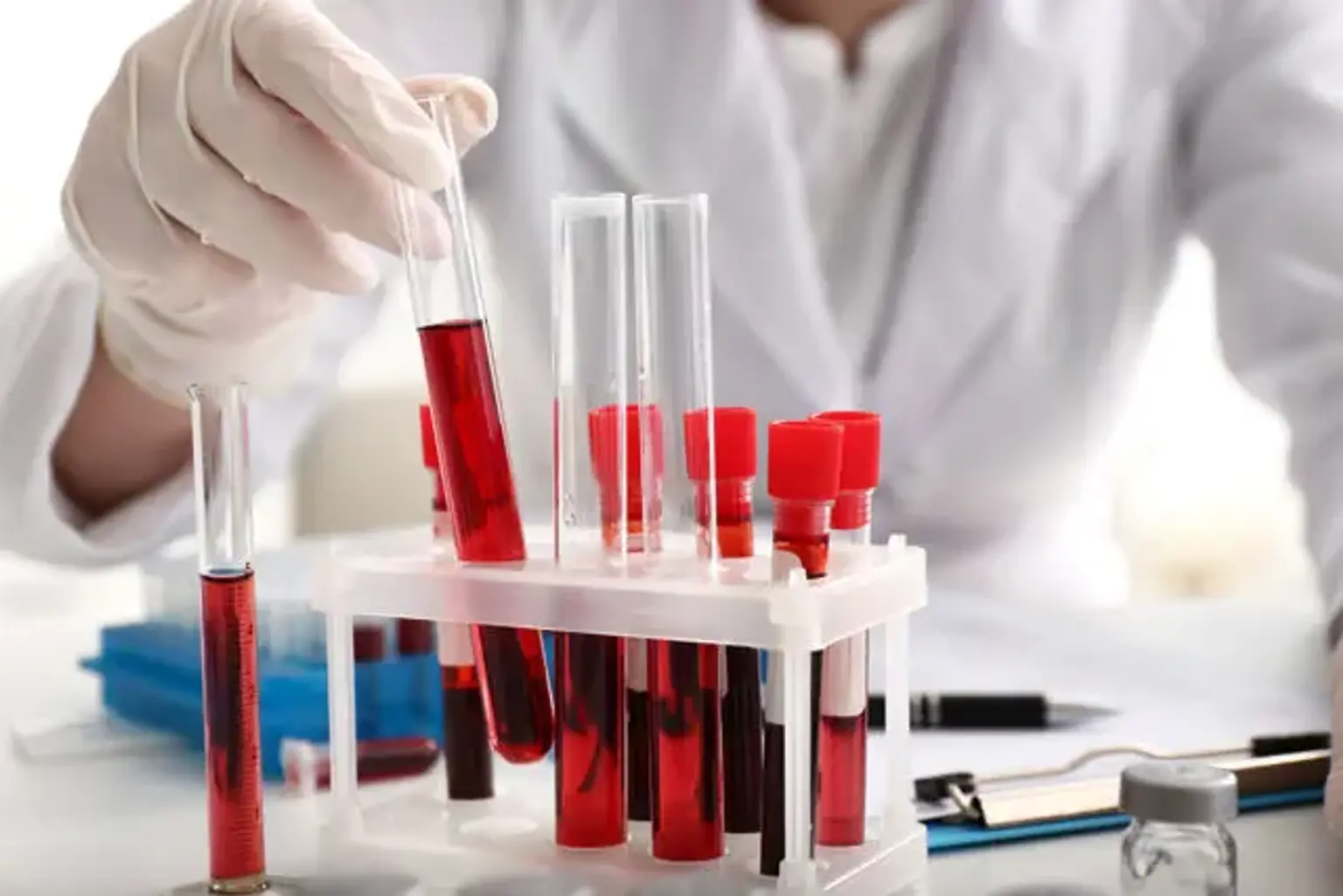Blood disease
Blood disease is a disorder that interferes with the blood's capacity to function properly. There are several types, and the symptoms vary depending on each form. However, unexplained tiredness and weight loss are two common signs.
Most blood diseases reduce or interfere with the quantity and function of cells, platelets, proteins, and nutrients in the blood. A number of these problems occur due to abnormalities in certain gene sections that can pass down across generations. Blood problems can also be caused by a variety of medical illnesses, drugs, and lifestyle factors.
